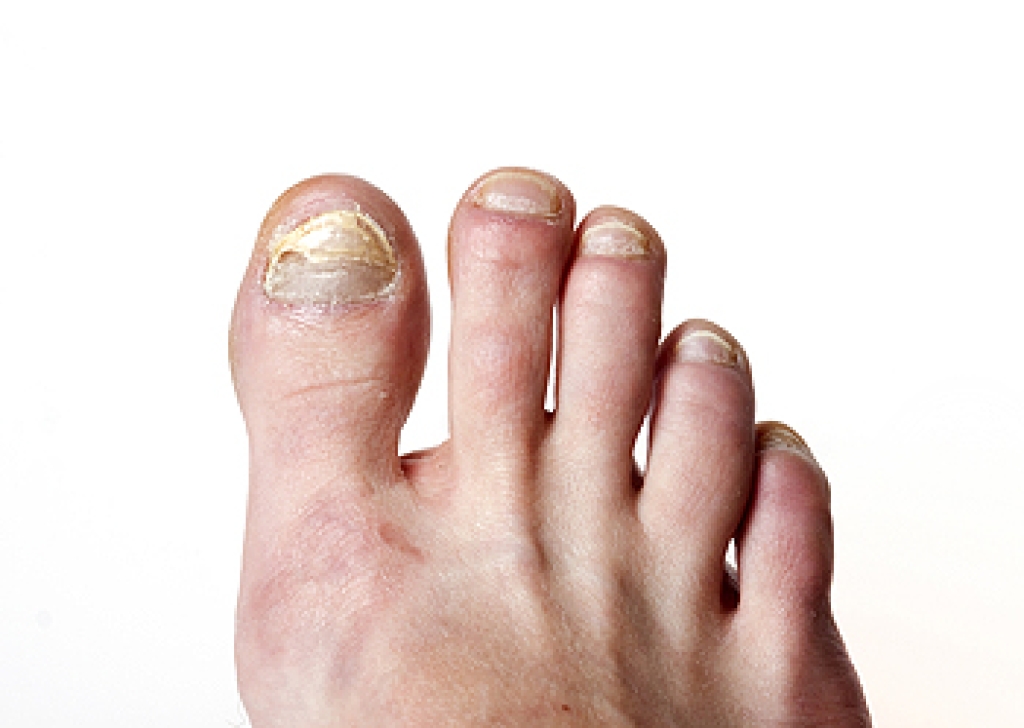
As people age, nails often become thicker, more brittle, and harder to trim. Limited flexibility, vision changes, and certain health conditions can make nail care difficult and increase the risk of problems such as ingrown toenails, fungal infections, or painful pressure spots. Podiatrists provide safe and effective nail care, ensuring nails are trimmed properly to reduce discomfort and prevent complications. They can also detect early signs of other foot issues, including skin changes, circulation problems, and pressure-related sores. Beyond nail care, podiatrists help older adults maintain mobility through regular foot evaluations, treatment of corns and calluses, and advice on proper footwear. Ongoing professional care can improve comfort, lower the risk of infection, and support independence. If you or a loved one has difficulty in managing toenail care or notices changes in foot health, it is suggested that you seek help from a podiatrist for expert guidance.
If you need your feet checked, contact David Williams, DPM of El Paso Feet. Our doctor will attend to all of your foot and ankle needs and provide you with quality treatment.
Geriatrics and Podiatry
When people age, some common issues that may occur are bone density loss, dry skin, poor circulation, and rough brittle nails. These issues may also affect your foot health if the necessary steps are not taken to alleviate the problems.
It is important to take care of your feet because feet that are injured or diseased can affect your overall health. Having painful feet hinders your ability to do daily activities or may decrease your willingness to do the things that you need to do.
Visiting Your Geriatrician
As we age, health problems become more likely, so it is essential to visit your doctor for check-ups to ensure that you are doing the best you can to take care of your health. It is recommended to check your feet frequently for any possible cuts, bruises, swelling, corns or any other irregularities.
Taking Care of Elderly Feet
Cracked or dry feet can be treated by applying moisturizer often. It is also important not to wear old socks because the older the sock is, the higher the possibility there will be that there is bacteria there. Wear fresh socks and make sure they fit properly.
Proper foot health means that you can have a more active lifestyle and you will not be bogged down by pain. Foot health also leads to good circulation, which is paramount for overall health.
If you have any questions, please feel free to contact our office located in El Paso, TX . We offer the newest diagnostic and treatment technologies for all your foot care needs.




